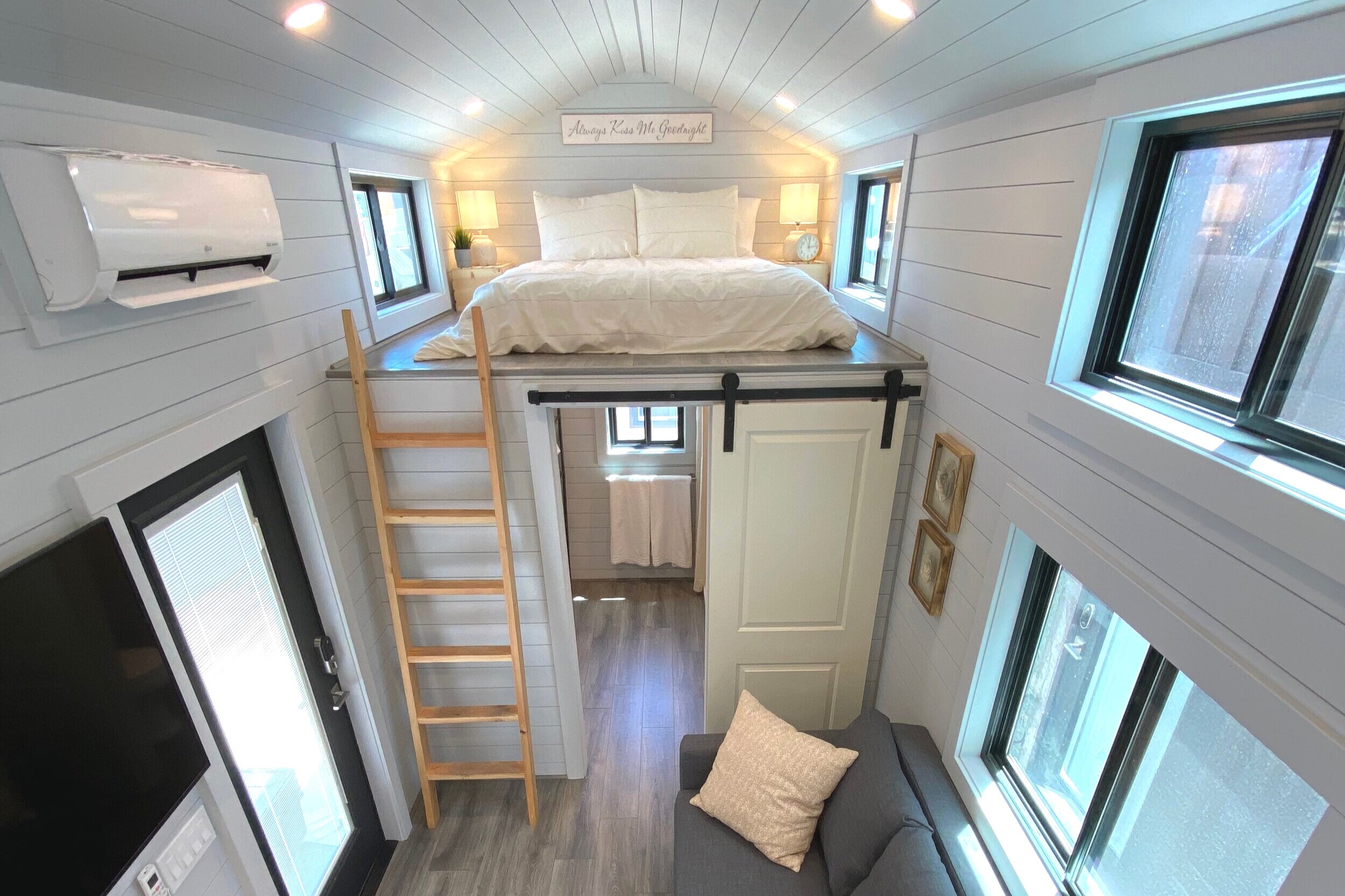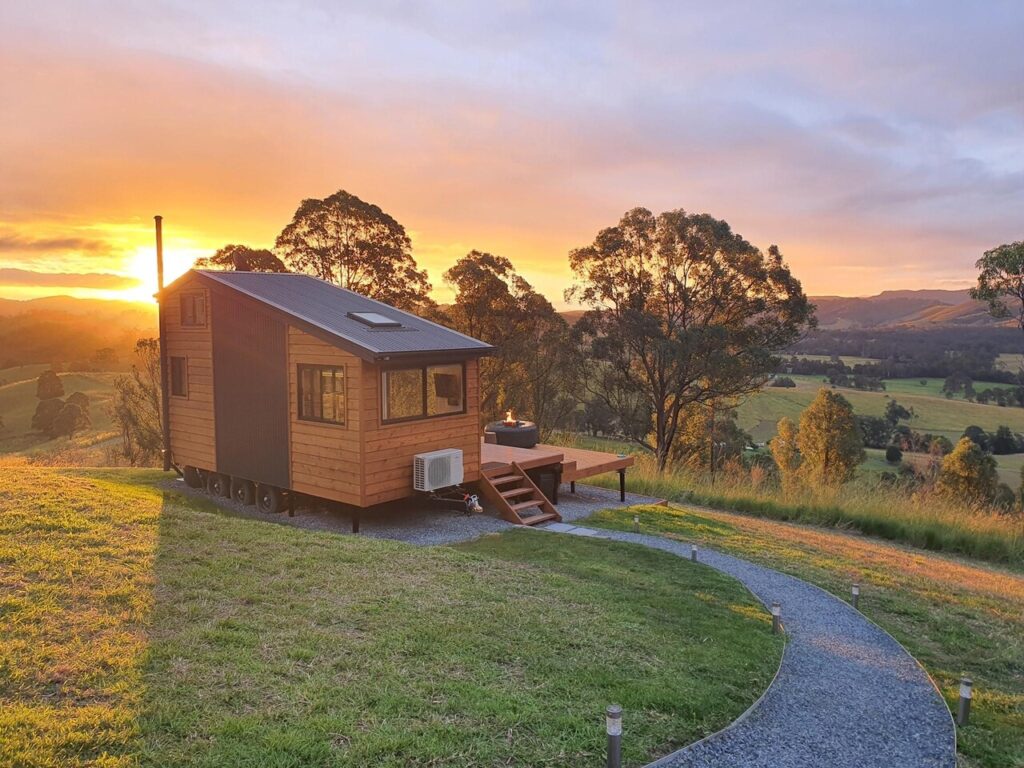In recent years, the concept of tiny homes has gained significant traction in the housing market, sparking debates on whether these diminutive dwellings represent a symbol of luxury or a practical necessity. Proponents argue that tiny homes offer a more sustainable and minimalist lifestyle, while critics question their affordability and livability.
This article aims to conduct a comprehensive cost-benefit analysis of tiny homes, evaluating their pros and cons to determine whether they truly provide a viable housing solution for individuals seeking an alternative to traditional housing options. By exploring the financial, environmental, and social implications of tiny homes, we hope to shed light on the complexities surrounding this growing trend in the real estate industry.
Introduction to Tiny Homes
 Tiny homes, a growing trend in housing options, provide a unique blend of luxury and necessity for those seeking a simpler and more sustainable lifestyle.
Tiny homes, a growing trend in housing options, provide a unique blend of luxury and necessity for those seeking a simpler and more sustainable lifestyle.
These compact dwellings, typically under 400 square feet, offer a practical solution for people looking to downsize, reduce their environmental footprint, or cut down on housing costs. Despite their small size, tiny homes can be designed with upscale amenities and clever space-saving features that rival those found in larger, more traditional homes.
This article will explore the cost-benefit analysis of tiny homes, examining the pros and cons of living in these pint-sized abodes and whether they are truly worth the investment.
Defining Luxury versus Necessity in Tiny Homes

In the world of tiny homes, the line between luxury and necessity can often become blurred.
While some may view tiny homes as a luxurious lifestyle choice, others see them as a practical solution to rising housing costs and environmental concerns. The debate over what defines a tiny home as a luxury or necessity ultimately comes down to individual preferences and priorities.
For some, the high-end finishes, innovative design features, and premium amenities of tiny homes may signify luxury. On the other hand, others may prioritize functionality, sustainability, and affordability, viewing tiny homes as a necessary alternative to traditional housing options.
Ultimately, the distinction between luxury and necessity in the world of tiny homes is a subjective one, shaped by personal values and beliefs.
Cost-Benefit Analysis of Tiny Homes

When considering the cost-benefit analysis of tiny homes, there are numerous factors to take into account.
On one hand, tiny homes can be much more affordable than traditional houses, with lower upfront costs and decreased maintenance expenses. Additionally, tiny homes require less energy to heat and cool, resulting in lower utility bills.
However, there are also drawbacks to consider. Tiny homes often have limited living space, which can be challenging for individuals or families who require more room. Furthermore, the resale value of tiny homes may not appreciate as much as larger homes.
Ultimately, the decision to invest in a tiny home comes down to personal preferences and financial circumstances.
Conclusion
In conclusion, the debate over whether tiny homes are a luxury or a necessity ultimately comes down to individual preferences and financial circumstances. While some may view tiny homes as a form of luxury living, others may see them as a practical solution to the rising costs of traditional housing.
Through a cost-benefit analysis, it is clear that there are both advantages and disadvantages to living in a tiny home. Whether someone chooses to purchase a tiny houses for sale or opt for a more traditional housing option, it is important to carefully consider the financial implications and lifestyle changes that come with such a decision. Ultimately, the choice between luxury and necessity when it comes to tiny homes is a personal one that should be based on individual needs and priorities.







